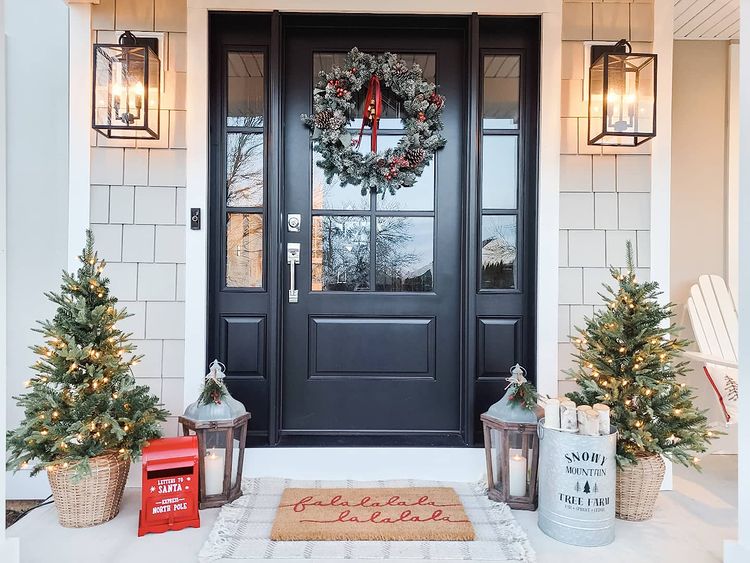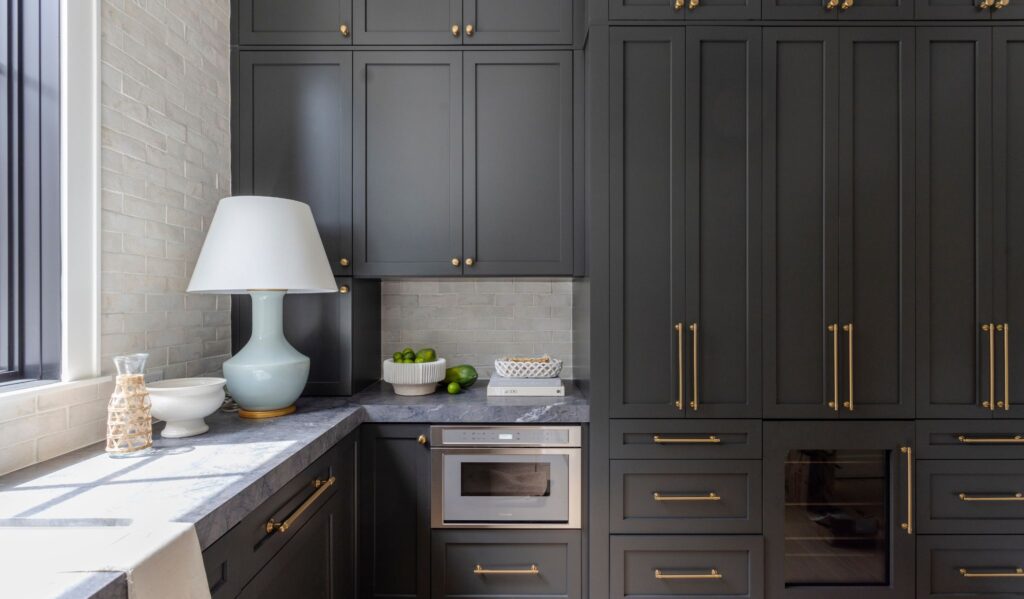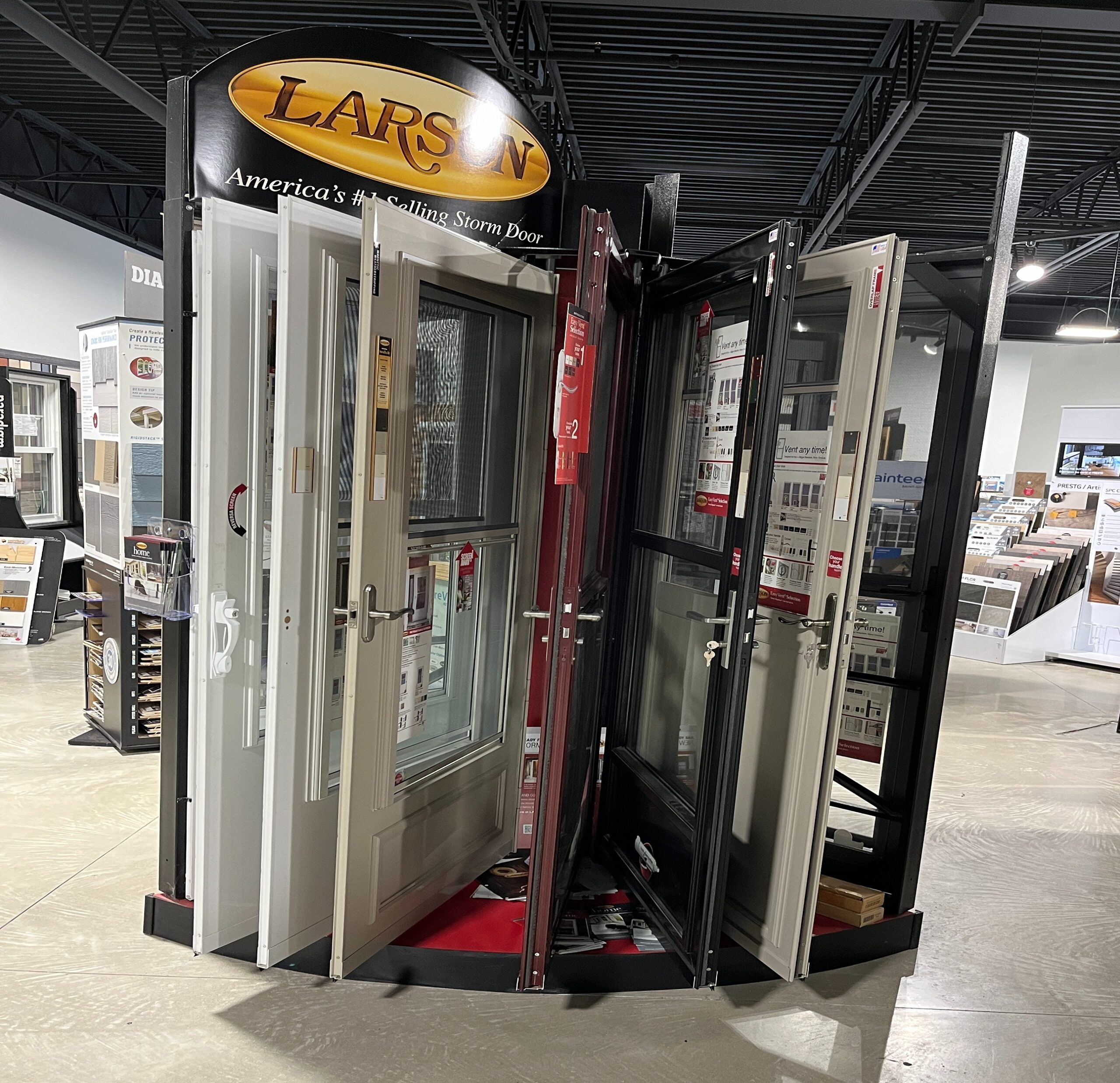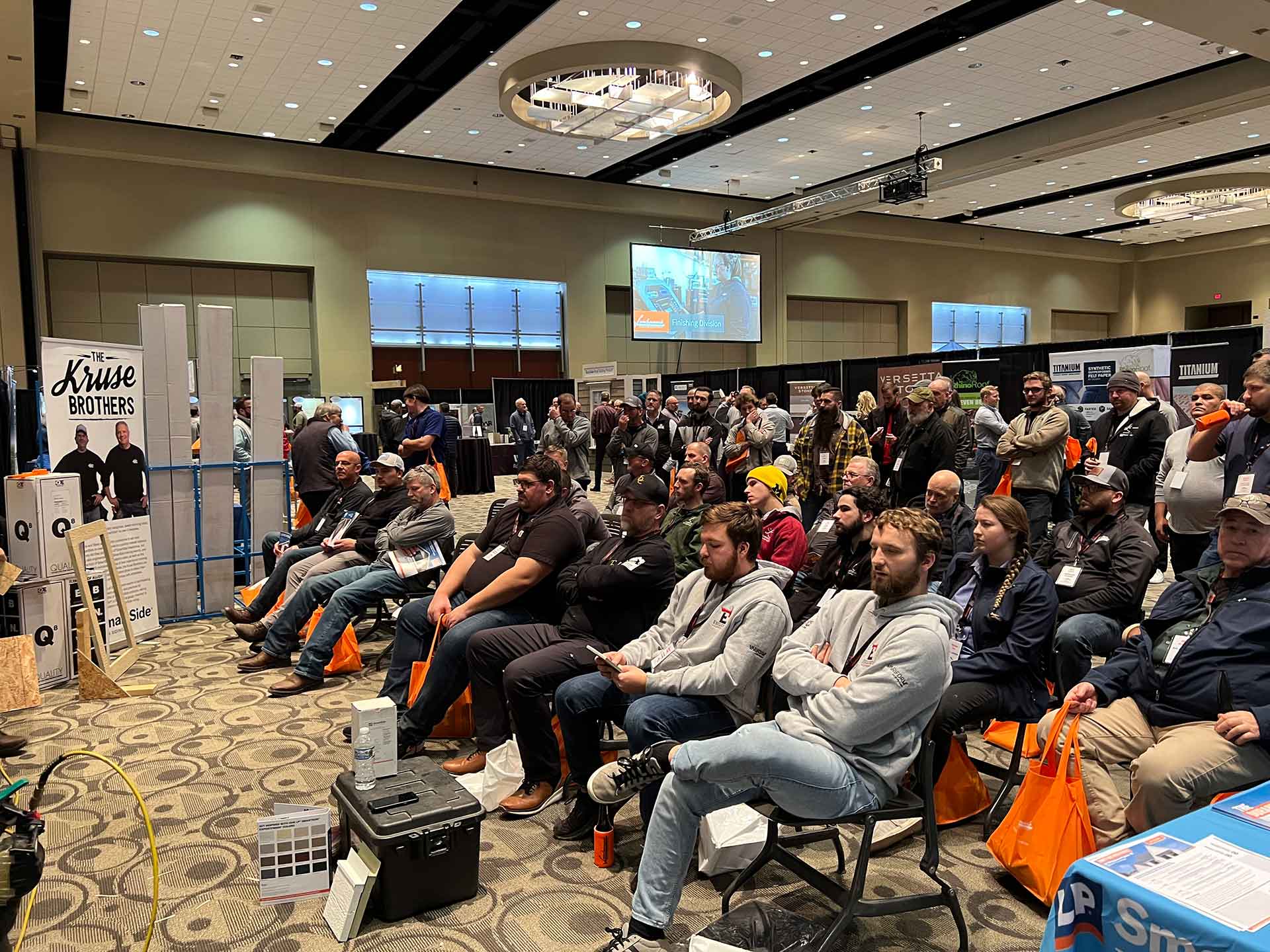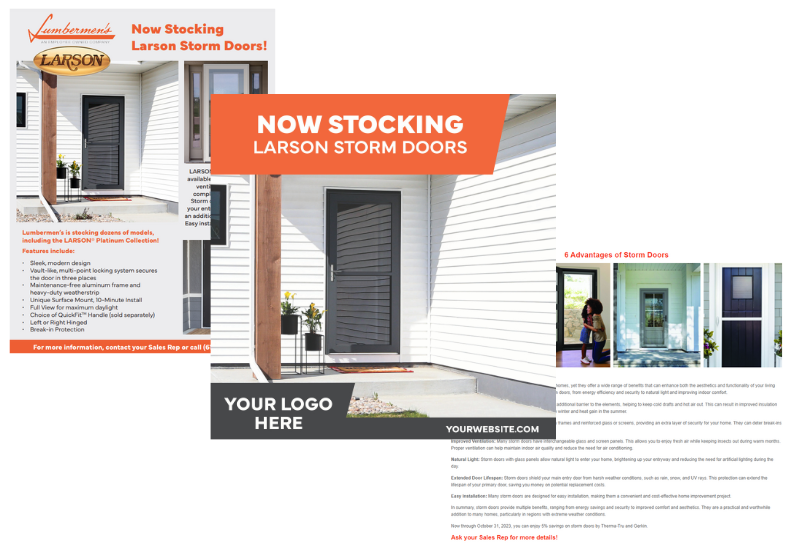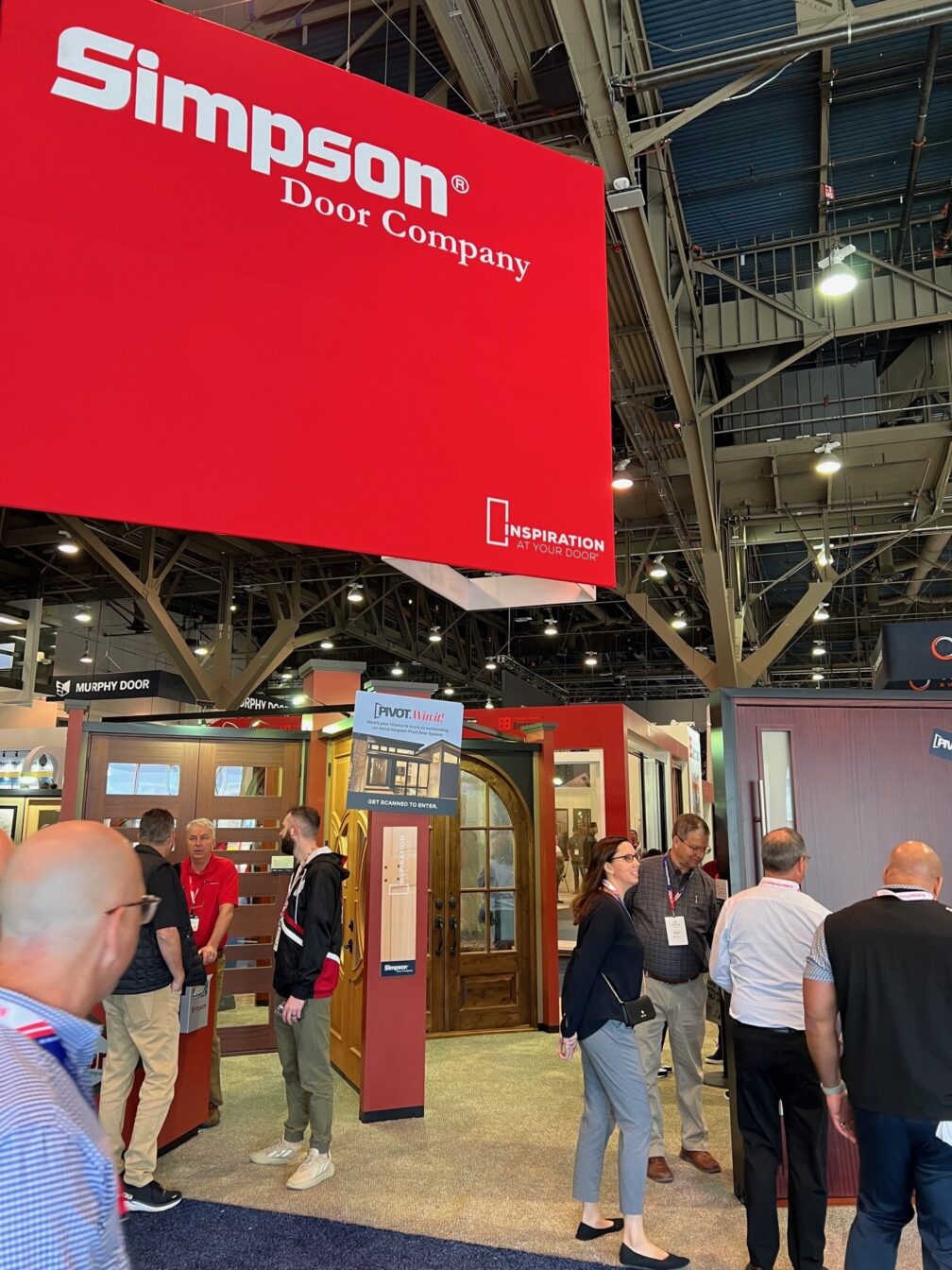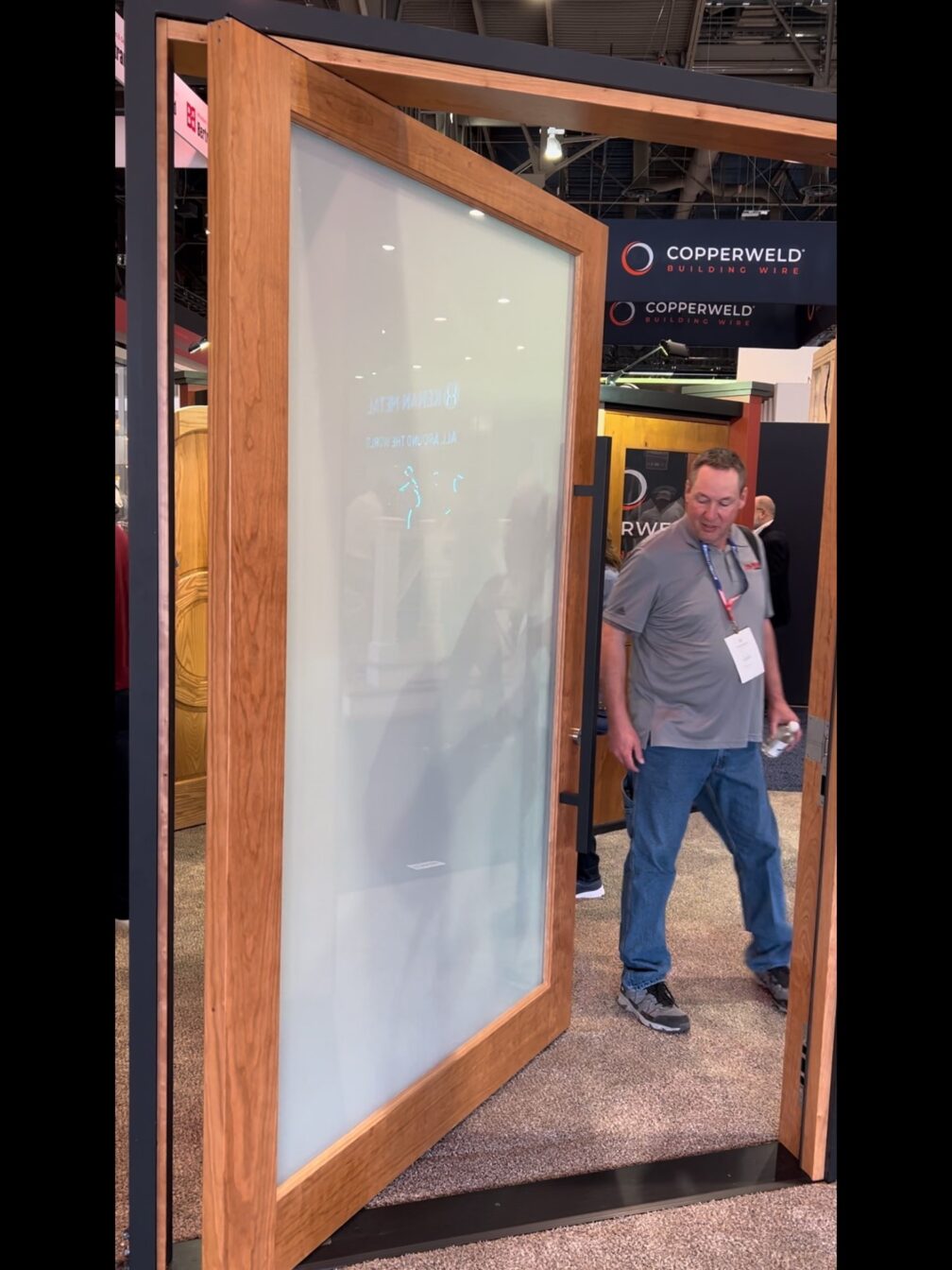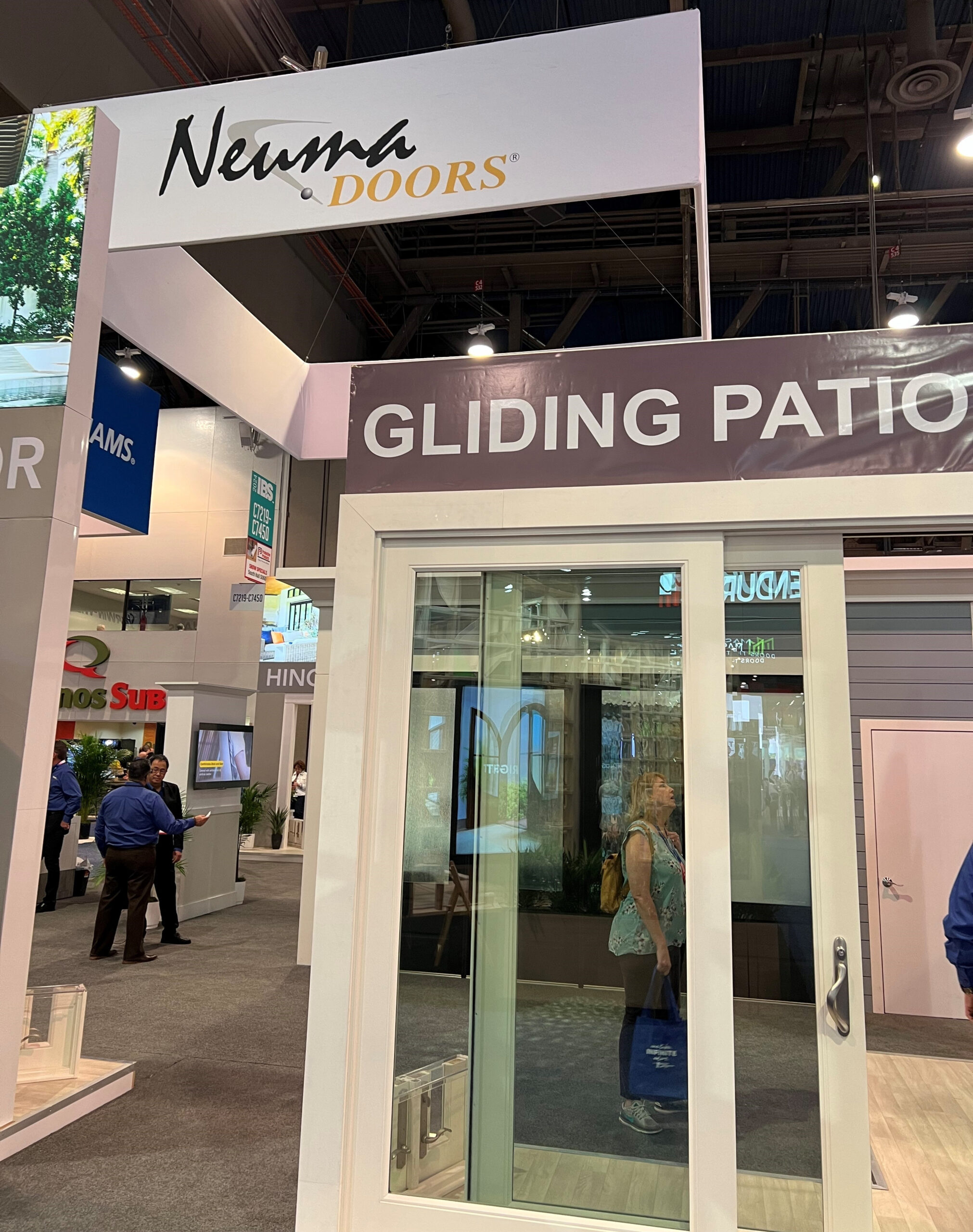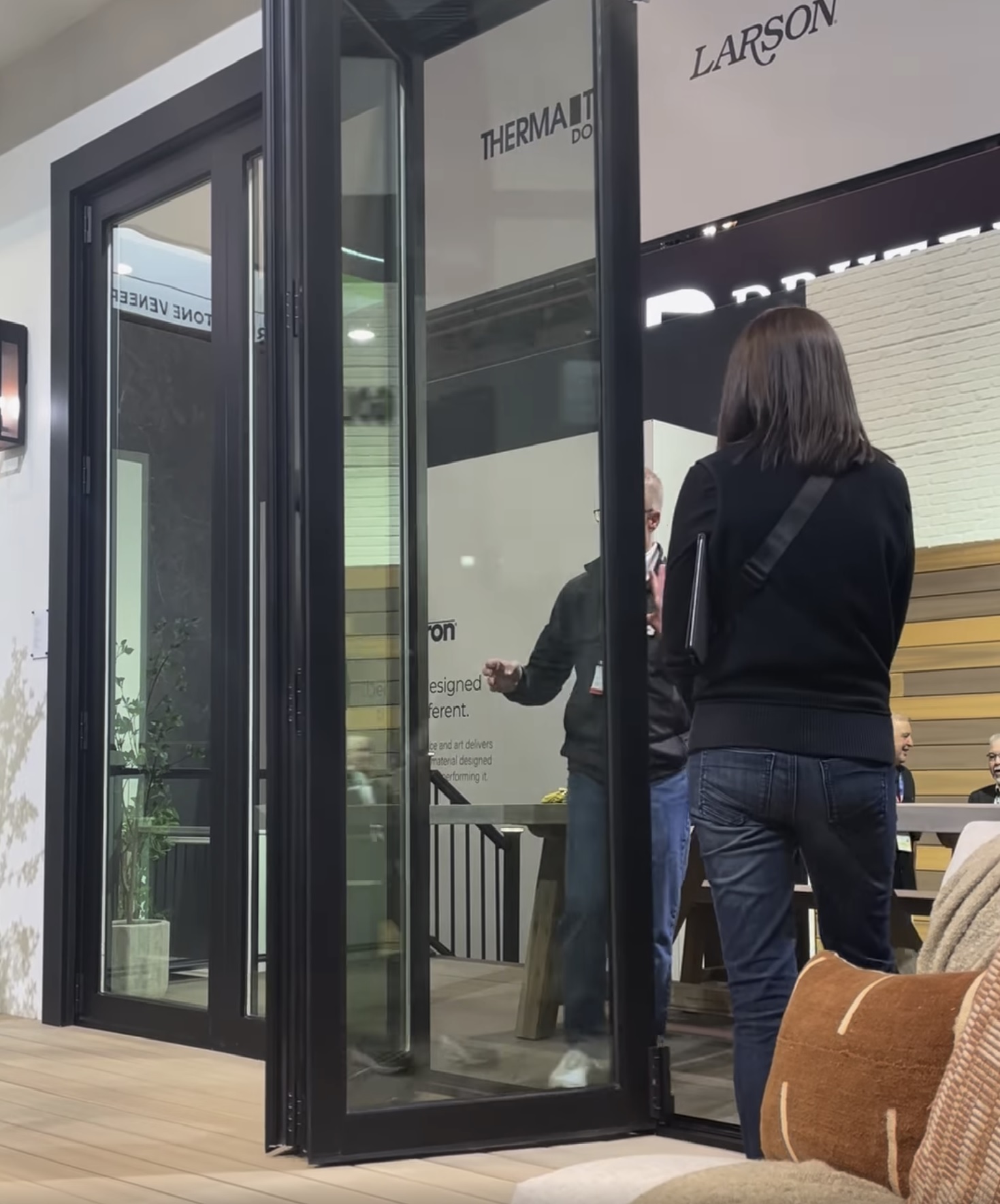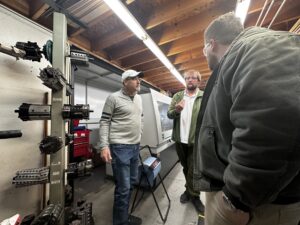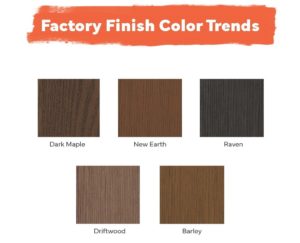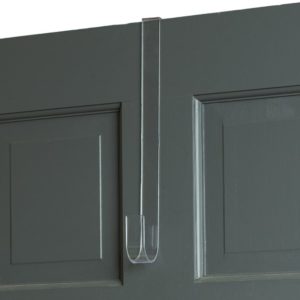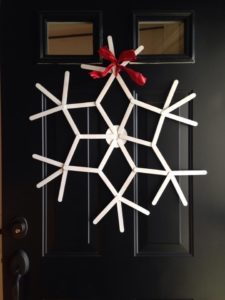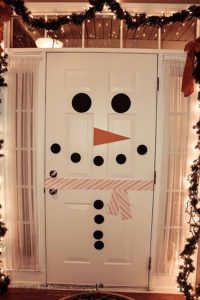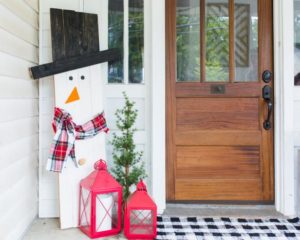
Few things are more frustrating for a homeowner—or for the Dealer or installer involved—than discovering that an entry door is leaking. It’s especially concerning during heavy rainstorms, which are common in the hot summer months.
Fortunately, with proper installation practices, routine maintenance, and a little knowledge, most leaks can be prevented or corrected.
Why Might an Entry Door Leak?
There can be several contributing factors:
1. Defective Product or Assembly
Occasionally, leaks result from a failure of a component—such as water seeping through a glass insert—or from improper assembly. Examples include missing caulk or fasteners, or the wrong components being used for a specified unit.
2. Poor Application
A door unit installed in an opening exposed to harsh weather without proper protection is vulnerable. For instance, a double door or ADA sill configuration that faces prevailing winds and rain without an overhang is at higher risk for leakage.
3. Improper Installation
If a door unit isn’t installed plumb or square, isn’t properly caulked or shimmed, or if incorrect caulk (such as silicone where it shouldn’t be used) is applied, leaks can occur. Two of the most critical installation steps—caulking the weather seal and installing the seven corner pads in the correct direction and configuration—are outlined in steps 3 and 4 of this video.
4. Extreme Weather (Acts of God)
Sometimes, conditions simply exceed what any door system can withstand.
The Importance of Maintenance
Just like any other part of your home, an entry door needs regular care. Paint and caulk don’t last forever—rot doesn’t happen overnight, but small failures can escalate if not addressed promptly. At the first sign of a caulk gap or paint breakdown, repairs should be made to prevent further damage. Inspect your door at least once a year, and always after severe weather.
How to Improve Door Performance
If your door is already installed, here are steps you can take to protect it:
- Check caulk joints for gaps. Remove any loose or damaged caulk and reseal using the appropriate product.
- Inspect the sill cap, weatherstrip, and corner pads for wear. Replace if necessary.
- Maintain the finish by repainting or re-staining as needed.
- Install a rain deflector if the door is exposed to direct rainfall.
- Check the sweep at the bottom of the door. Ensure the ends are properly caulked where the sweep meets the door slab. Missing or damaged caulk at this point can lead to water infiltration.
Additional Resources
For more guidance on care and maintenance, check out these helpful videos from Therma-Tru:
👉 Therma-Tru Door Care & Maintenance Videos

